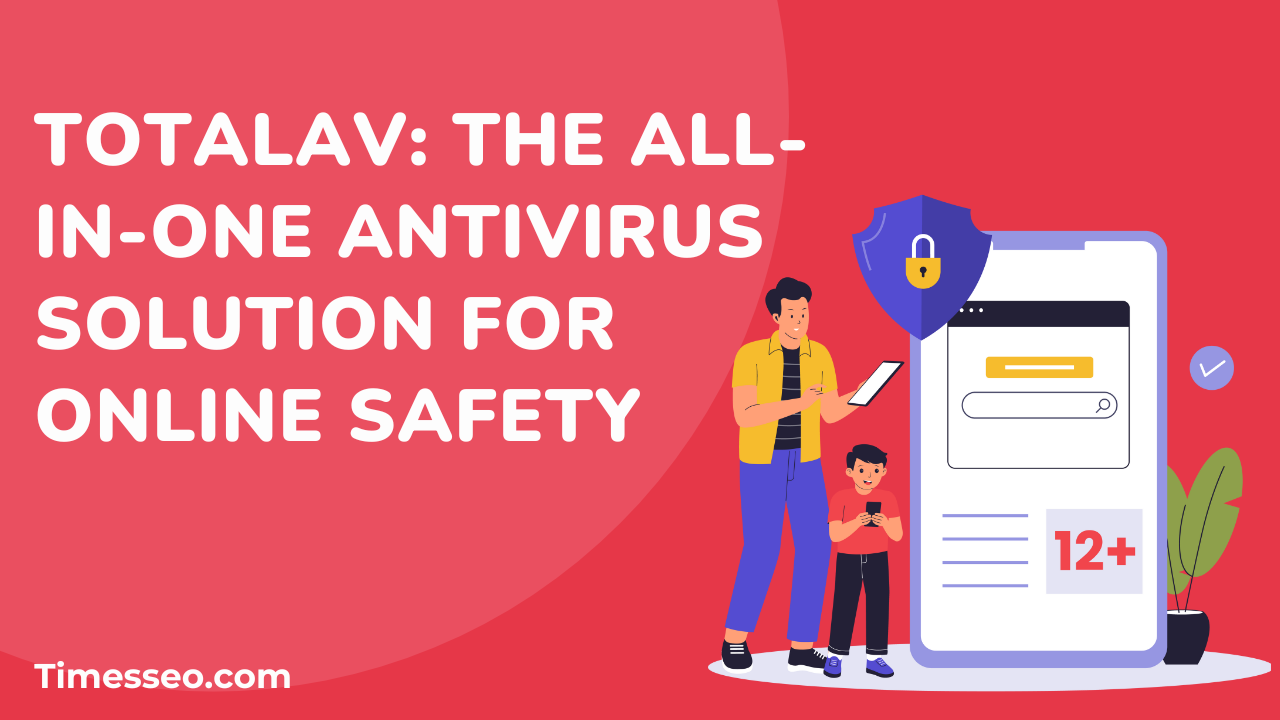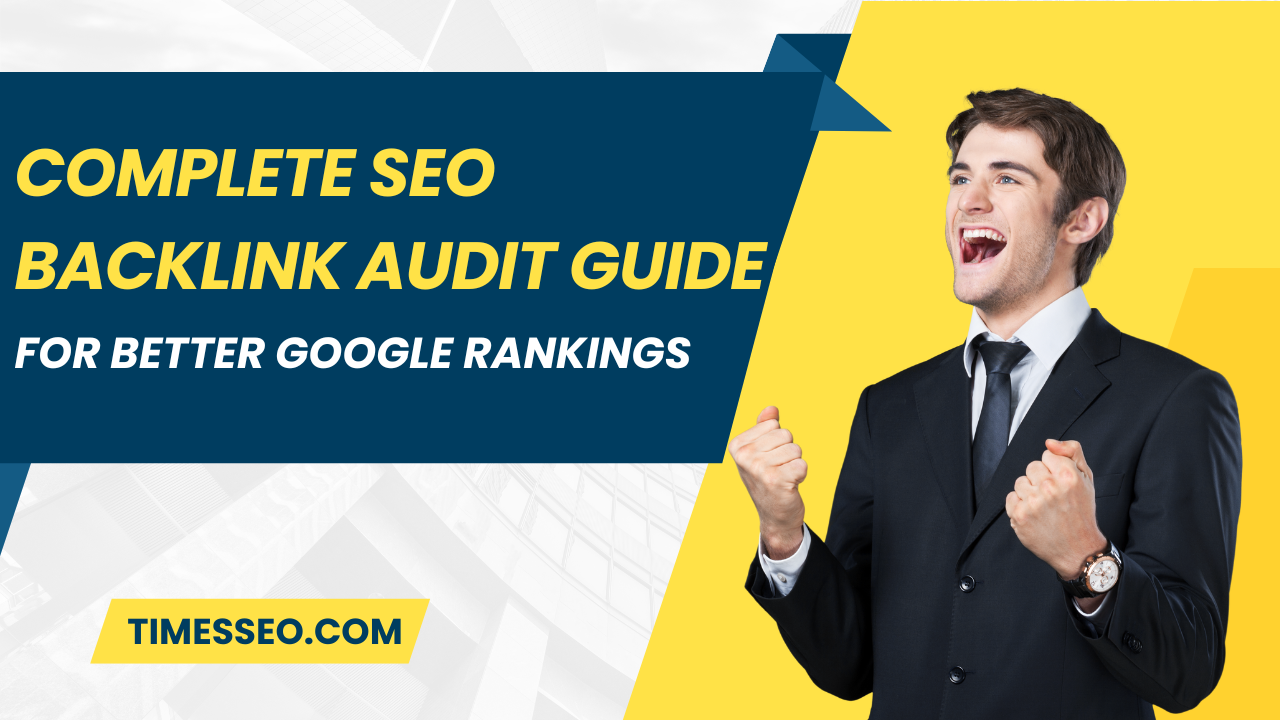
Complete SEO Backlink Audit Guide for Better Google Rankings
Unlock higher search rankings with this complete SEO backlink audit guide. Learn how to analyze, clean, and strengthen your backlink profile for better Google visibility.
Table of Contents
Introduction
Why Backlinks Matter in SEO
Discovering dependable methods to raise your income can significantly alter your life in the fast-paced world of today. The Smava Kreditpartnerprogramm DE is one such chance; it’s a program that will completely change the way you think about financial progress. This post will examine the program’s features in detail, emphasizing its advantages and potential to increase your income.
The Need for a Backlink Audit
Not all backlinks are created equal. Some links might hurt your SEO more than help. Spammy, irrelevant, or toxic links can actually lead to penalties. That’s where a backlink audit swoops in — it helps clean up your link profile and ensures you’re not unknowingly sabotaging your rankings.
What is a Backlink Audit?
Definition and Scope
An in-depth analysis of every link pointing to your website is called a backlink audit. It’s about identifying which links are good, which are bad, and what actions need to be taken to improve your backlink health.
When Should You Perform a Backlink Audit?
Common Triggers for an Audit
- Drop in search engine rankings
- Manual penalty from Google
- After a major algorithm update
- Before a major SEO campaign
- As part of regular SEO maintenance
Tools Needed for a Backlink Audit
Free vs Paid SEO Tools
Free tools like Google Search Console give you basic backlink data, but paid tools like Ahrefs, SEMrush, or Moz offer deeper insights, toxic score analysis, and automation features.
Top Tools for Backlink Audits
Google Search Console: Free and reliable — start here to get a basic list of your backlinks.
Ahrefs: Excellent for backlink analysis, toxic link detection, and competitor audits.
SEMrush: Offers a dedicated backlink audit tool with disavow capabilities.
Moz: Gives domain authority scores and helpful visualizations.
Ubersuggest: A budget-friendly option for small businesses and freelancers.
Step-by-Step Process for a Backlink Audit
Step 1: Export All Your Backlinks
Start by collecting a full list of backlinks using your preferred tool. Export them into a spreadsheet for sorting and analysis.
Step 2: Organize and Filter the List
Sort your list by:
- Domain
- Anchor text
- Authority metrics
- Follow vs nofollow status
Step 3: Analyze Link Quality
Authority Score: Check the domain and page authority. Links from high-DA sites carry more weight.
Relevance: Is the site linking to you related to your niche? If not, that’s a red flag.
Anchor Text: Natural anchor text is good. Over-optimized, keyword-stuffed anchors? Not so much.
Step 4: Identify Toxic and Spammy Links
Look for:
- Links from gambling, adult, or unrelated niches
- Massive link farms or PBNs
- Links with exact-match anchors from poor-quality domains
Step 5: Remove or Disavow Bad Links
First, contact webmasters and request removal. If that doesn’t work, prepare a disavow file and upload it to Google Search Console.
Step 6: Track and Monitor Your Progress
Use SEO tools to measure domain authority, backlink count, and keyword rankings. See how cleanup affects your visibility.
Understanding Link Metrics
Domain Authority vs Page Authority
Domain Authority (DA): Measures a site’s overall SEO strength
Page Authority (PA): Indicates how strong a particular page is.
Trust Flow and Citation Flow
From Majestic SEO, Trust Flow measures quality, while Citation Flow measures quantity. A balanced ratio is what you want.
Referring Domains vs Backlinks
Multiple backlinks from one domain aren’t as powerful as links from multiple unique domains.
Referring Domains vs Backlinks
Multiple backlinks from one domain aren’t as powerful as links from multiple unique domains.
Red Flags During a Backlink Audit
Link Schemes and PBNs
Links from private blog networks or paid link farms are a shortcut to penalties.
Irrelevant or Foreign-Language Sites
If a gardening site links to your tech blog from a Russian page… yeah, something’s fishy.
Over-Optimized Anchor Text
Too many exact-match anchors look unnatural and manipulative to Google.
Sudden Spikes in Backlinks
A rapid increase in links can trigger red flags — especially if they’re low quality.
How to Handle Toxic Backlinks
Reaching Out to Webmasters
Always try contacting the site owners first. Be polite, professional, and direct.
Using the Google Disavow Tool
When all else fails, upload a disavow file. This tells Google to ignore those bad links when evaluating your site.
Competitive Backlink Analysis
Spy on Your Competitors’ Link Profiles
Tools like Ahrefs or SEMrush let you peek into your competitors’ backlinks. Learn who’s linking to them — and try to earn those links yourself.
Identify Link Gaps and Opportunities
Use “Link Intersect” features to find domains linking to your rivals but not to you.
Building a Healthier Link Profile
Earning Natural Backlinks
Focus on high-quality, original content that people naturally want to reference and share.
Content Marketing and Guest Blogging
Guest posts on reputable sites help build authority and backlinks — just don’t overdo it.
Directory Submissions and HARO
Relevant directories and platforms like HARO (Help a Reporter Out) are underrated gems for link building.
Tracking Your SEO Progress Post-Audit
Setting Up KPIs
Monitor metrics like:
- Organic traffic growth
- Keyword position improvements
- Referring domains
- Domain authority
Monitoring Tools and Reports
To stay current, use the Ahrefs, Google Analytics, and GSC dashboards.
Common Mistakes to Avoid
Ignoring Low-Quality Links
Don’t just look at quantity. Poor-quality links can drag your rankings down.
Overusing Disavow Tool
Only disavow when necessary. Google’s algorithms already ignore most spammy links.
Relying on a Single Audit Tool
Use multiple tools for a complete picture. Each one sees different data.
Case Study: Backlink Audit Success Story
A SaaS startup noticed a 30% drop in organic traffic. After a thorough backlink audit, they removed over 400 toxic links and disavowed spammy domains. Within 60 days, traffic rebounded, and keyword rankings improved by 40%.
Conclusion
Performing a backlink audit might feel like cleaning out a dusty attic — not glamorous, but incredibly rewarding. Your SEO health depends on the quality of your backlinks. By auditing regularly, identifying toxic links, and building better ones, you set your site up for long-term success.
Frequently Asked Questions
Every 3–6 months is ideal, especially if you're actively building links or in a competitive industry.
You risk penalties, ranking drops, or even manual actions from Google.
Not necessarily. Paid links that are disclosed (like sponsored posts) and properly marked are usually fine. But hidden or manipulative ones are dangerous.
Yes, but it’s time-consuming. SEO tools make the process easier and more accurate.
Absolutely. While Google’s algorithms evolve, backlinks remain a core ranking signal.
Table of Contents
Popular Posts
-
 Affordable Technical SEO Audit for Small Business: A Complete Guide26 Jun 2025 Blog
Affordable Technical SEO Audit for Small Business: A Complete Guide26 Jun 2025 Blog -
 How to Get an Affordable Technical SEO Audit for Small Business27 Jun 2025 Blog
How to Get an Affordable Technical SEO Audit for Small Business27 Jun 2025 Blog -
 The Ultimate Local SEO Audit Checklist for Startups28 Jun 2025 Blog
The Ultimate Local SEO Audit Checklist for Startups28 Jun 2025 Blog -
 Local SEO Audit Checklist for Startups: A Beginner’s Guide28 Jun 2025 Blog
Local SEO Audit Checklist for Startups: A Beginner’s Guide28 Jun 2025 Blog -
 Top On-Page SEO Audit Steps for Service Websites Every Business Should Know29 Jun 2025 Blog
Top On-Page SEO Audit Steps for Service Websites Every Business Should Know29 Jun 2025 Blog -
 Technical SEO for WordPress: The Ultimate Beginner’s Guide01 Jul 2025 Blog
Technical SEO for WordPress: The Ultimate Beginner’s Guide01 Jul 2025 Blog -
 The Impact of On-Page SEO Audit Steps for Service Websites on UX01 Jul 2025 Blog
The Impact of On-Page SEO Audit Steps for Service Websites on UX01 Jul 2025 Blog -
 Technical Mobile SEO Audit Tips for Developers02 Jul 2025 Blog
Technical Mobile SEO Audit Tips for Developers02 Jul 2025 Blog -
 Complete SEO Backlink Audit Guide for Better Google Rankings03 Jul 2025 Blog
Complete SEO Backlink Audit Guide for Better Google Rankings03 Jul 2025 Blog -
 Boost Your Rankings with Technical SEO for WordPress01 Jul 2025 Blog
Boost Your Rankings with Technical SEO for WordPress01 Jul 2025 Blog






